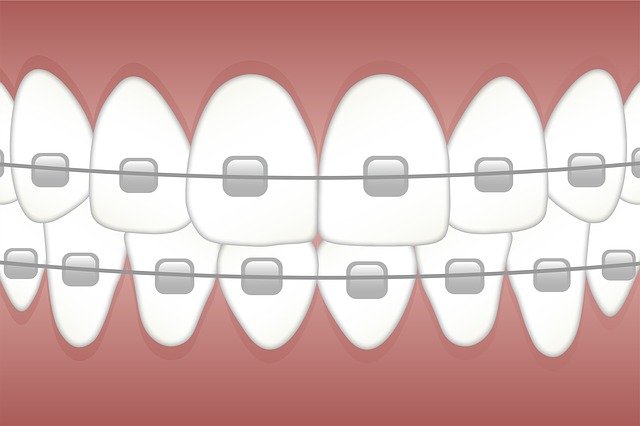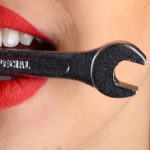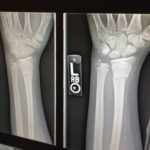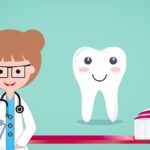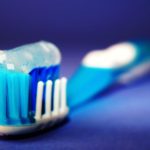So you’ve made the decision to get braces to straighten your teeth. Whether you’re an adolescent or an adult, having braces on your teeth is going to cause a new set of challenges for your oral and dental health.
Luckily, you can take control of your oral health even if you wear braces by following a few simple steps. We will take a look at those steps here.
Go to a High-Quality Dentist
You can start by going to a good dental practice in the area. If you live in other areas of Ontario or another province, try the Canadian Dental Association’s directory of dental regulatory authorities and provincial/territorial associations to find a dentist. You can access the directory by clicking here.
Change Your Brushing Habits
Wearing braces causes more food, and therefore more plaque, to be trapped on and in between teeth, and also causes substances to become stuck in the braces themselves. According to the Canadian Association of Orthodontists, when brushing with braces you should aim not only to brush your teeth but also the braces. Brush the surfaces of your teeth, front and back, and also the insides of the teeth, the Canadian Dental Association says.
Whether you use a manual or electric toothbrush, you should follow your dentist or orthodontist’s directions to brush your braces. They will most likely instruct you to brush in small circles directly in contact with the braces, then brush at an angle to the chewing surface, and finally, brush in small circles from the braces toward the gum line and repeat.
Floss Properly For Braces
As the best Ottawa dentists will tell you, flossing isn’t just a braces issue. According to the 2018 Canadian Community Health Survey, only 43% of Canadians ages 12 and older said they floss daily at least once. But flossing is especially important if you wear braces because it’s through flossing that you’ll be able to get plaque-causing food out of the spaces between your teeth and your braces, as well as in the spaces of your braces.
One good investment if you have braces is any type of water flosser, often referred to as water pik. If you choose to use a water flosser, you are taking an important step toward dental health while wearing braces. The jet of water can be adjusted for pressure and can be more effective than flossing alone. But don’t skip regular flossing with water flossers.
If you decide a water flosser isn’t for you, you can try special flosses such as super floss or another type of floss designed specifically for people who wear braces or retainers. Using these types of floss, you thread the floss through the braces themselves and in between teeth, then pull the floss through. It may take longer, but you won’t regret it on your next trip to the best Ottawa dentist you can find.
Watch What You Eat
According to the American Association of Orthodontists, here is a list of foods you should avoid if you wear braces:
- Caramels
- Taffy
- Hard candy
- Chewy candy
- Jellybeans
- Licorice
- Bubble gum
- Suckers
- Sour candy
- Popcorn
- Nuts
Here is a list of foods that are acceptable, because instead of sticking they tend to melt:
- Chocolate (without caramel or nuts)
- Peanut butter cups
- KitKats
- 3 Musketeers
- Marshmallows
- Cookies
Follow these easy steps and you can be confident that you are doing what you need to for optimal oral and dental health. For more information about life when wearing braces, visit 3M’s info site.
Related Posts

